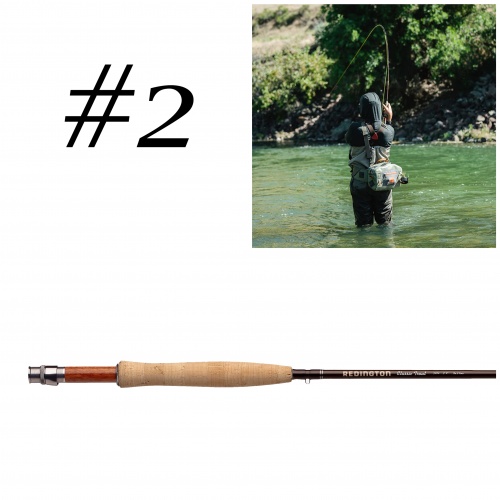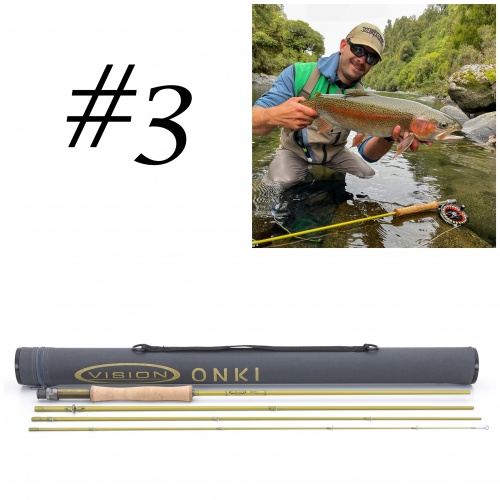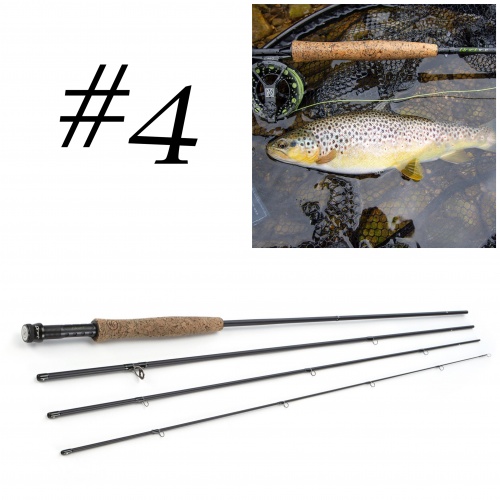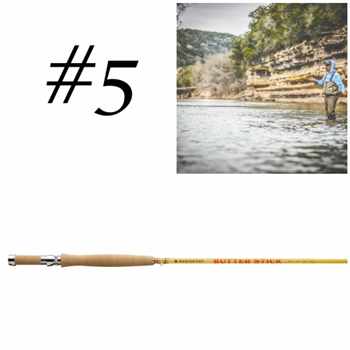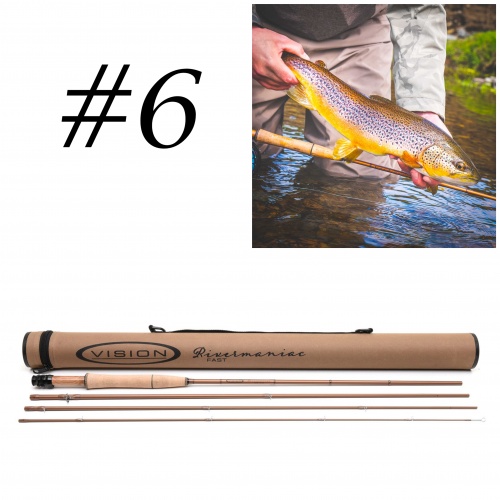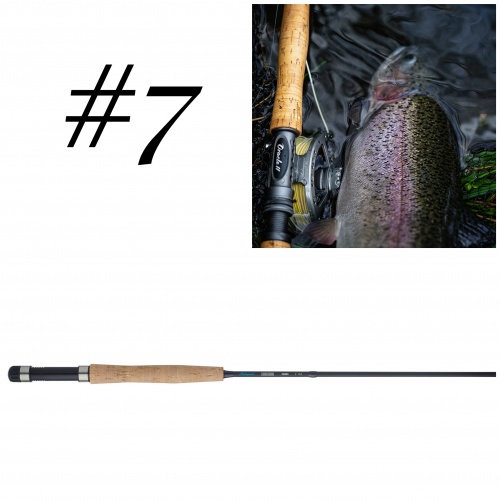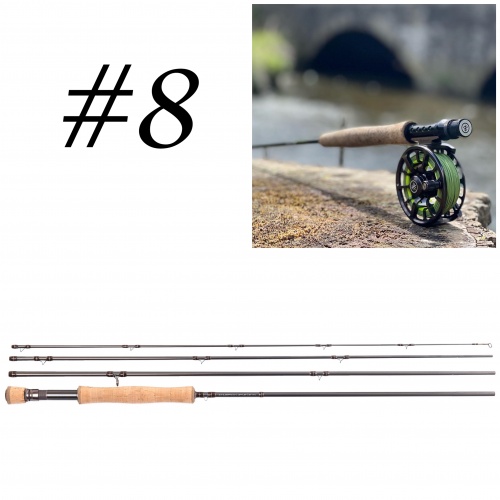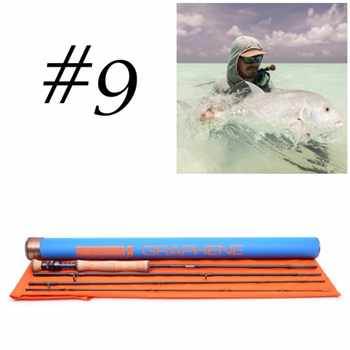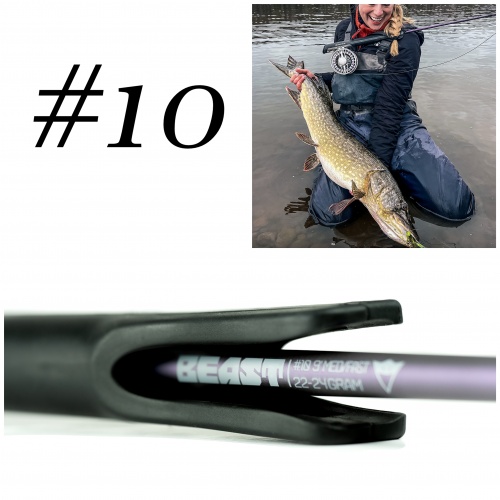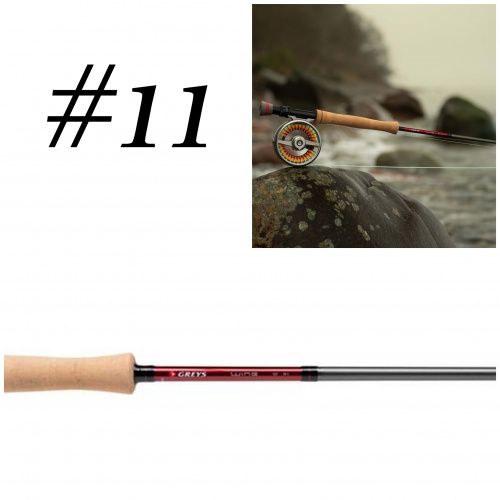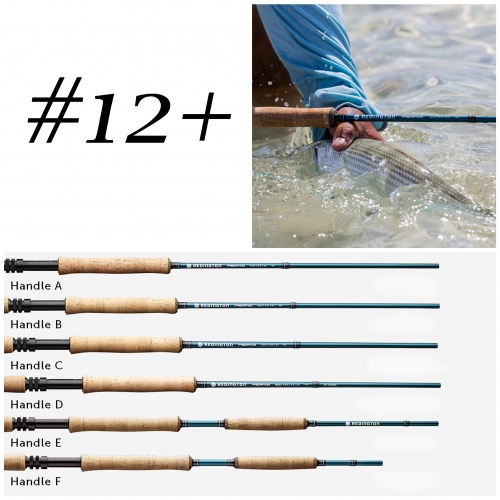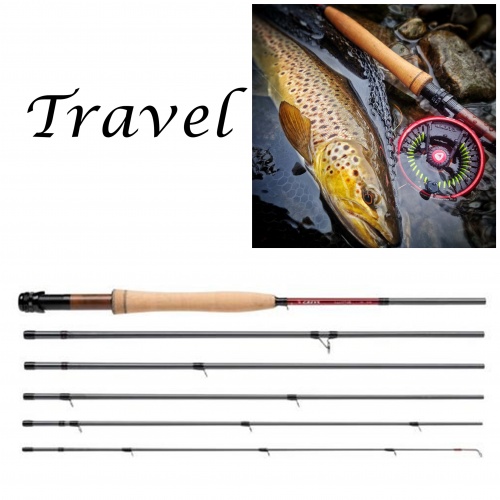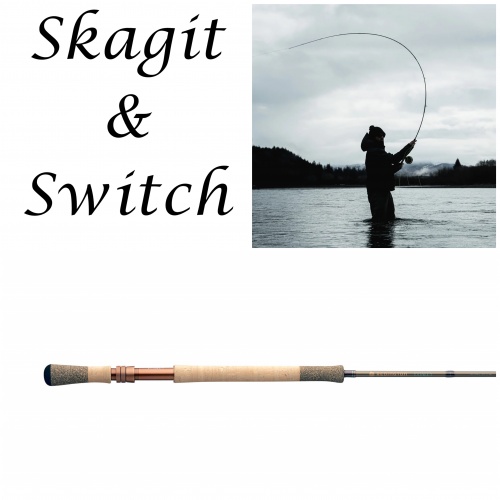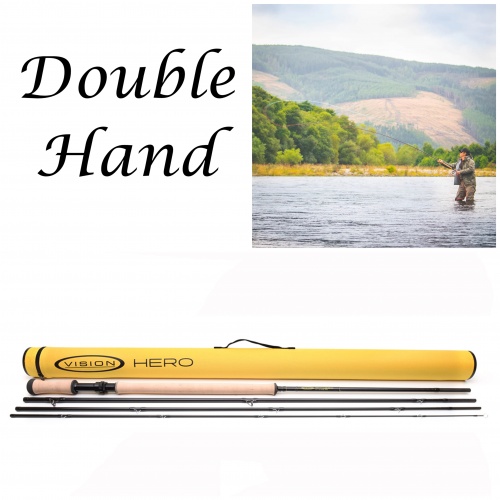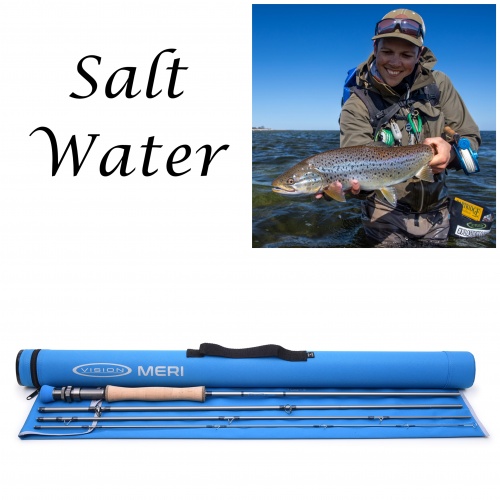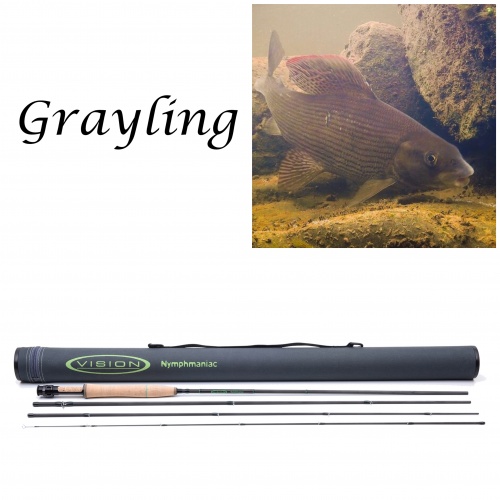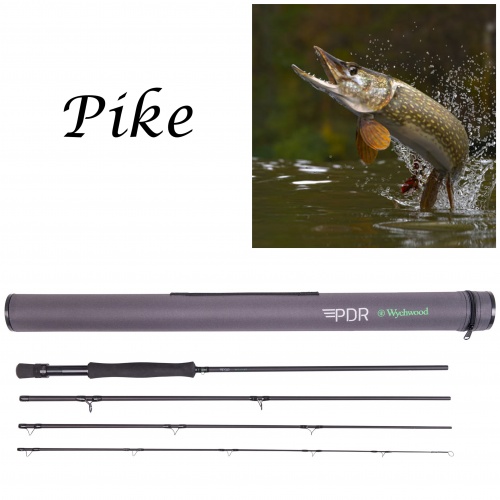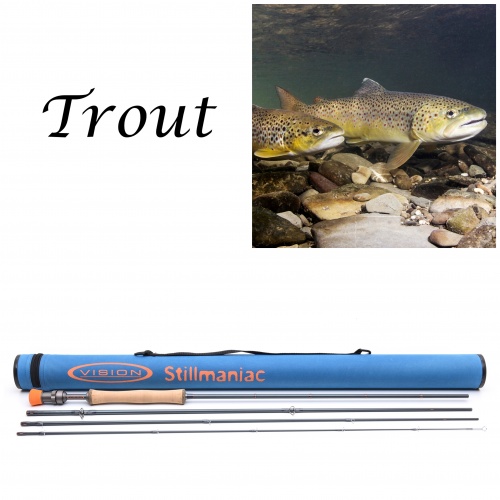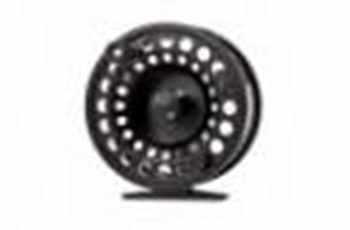Pike Fly Fishing
We have seen a tremendous growth in Pike Fly Fishing due to the tremendous aggression of the Pike. Fished with large pike flies which are called Pike Deceivers and heavy pike fly rods to stop the runs of the tremendous Pike. This is a growing area for the fly fisherman.
The pike is known for a deserved reputation for being the most terrible predator in our lakes, lochs and rivers. Though, at the same time as they may be certainly a exceedingly developed as well as able hunter, pike are tremendously delicate fish which have to be handled with care plus respect.
Recommended Fly Gear For Pike Fishing
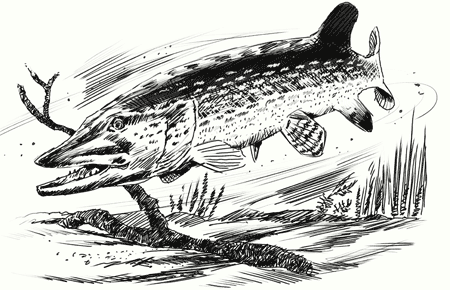 The notion of fly-fishing for Pike seriously isn't a new one. Publications printed throughout the nineteenth century, as well as indeed earlier, tell the thought of catching the largest freshwater predator by means of hooks dressed with a variety of of fur and feather. More in recent times fly-fishing for pike has matured in acceptance, not just instead into the customary techniques utilized by Pike fishermen, and also being a new challenge to an ever-increasing quantity of sport-fly-fishers emerging from the more established game fly fishing background.
The notion of fly-fishing for Pike seriously isn't a new one. Publications printed throughout the nineteenth century, as well as indeed earlier, tell the thought of catching the largest freshwater predator by means of hooks dressed with a variety of of fur and feather. More in recent times fly-fishing for pike has matured in acceptance, not just instead into the customary techniques utilized by Pike fishermen, and also being a new challenge to an ever-increasing quantity of sport-fly-fishers emerging from the more established game fly fishing background.We wish to promote the usage of right tackle and paraphernalia that is acceptable for the task, and most importantly of all, to advertise a better awareness of how Pike may be handled in a method that minimises any opportunity of injury either towards the fish or the fly fisherman.
Pike Flies
High mobility, often imitating fish or other creatures for example even mice are used as pike fishing flies. Strong hooks are required for this strong predator. Check our full range of pike flies here.
Leaders and Tippets For Pike Fly Fishing
When using large fly fishing flies turnover is helped through a relatively short leader and many pike fishermen make use of a leader of two metres (6 feet) or less. The choice between a tapered or level leader is basically a matter of personal liking. However, its breaking strain require to be not less than 12 lbs. and a leader with a breaking strain closer to twenty lbs. possibly will prove to be more manageable.
When fly fishing for pike the use of a wire trace is essential always. Pike boast very sharp teeth which will slice through other materials. A few have recommended the usage of hard nylon monofilament in a very heavy breaking strain, whilst conceding that occasional bite-offs were inevitable. This simply isn’t good enough as the variety of different trace wires now on hand provides the pike fly fisherman quite a few reliable options.
Nylon coated traces are easily fused using the naked flame from a cigarette lighter and uncoated wires manufactured from as many as 49 strands can be obtainable, and they are particularly pliable and capable of being knotted.
Wire traces should be at the least 12 inches long.
Leaders and wire tippets need to be checked habitually for any signs of damage, especially following catching a fish. Any abrasions with the leader or signs of the wire having become kinked or frayed should lead to instant replacement.
Knots, Links and Swivels:
Some fly fishermen favor to use a small swivel to attach the leader to the wire tippet, or some form of snap link to attach the fly fishing fly to trace. It is vital to produce connections which will stand up with the riggers of repetitive fly casting, and also the strain of playing large muskie. Snaps and swivels should be of the best quality one may find and must have a minimum breaking strain of 30 lbs. or more.
It is possible to utilize knots in making all the necessary connections. The leader needs to be tied to the fly line using a needle (or nail) knot and also wire tippet connected to leader using an Albright special. Determined by your choice of wire, there are a number of techniques via which you can attach the eye of an snap link or a hook to wire tippet:
- Nylon coated wire; twist melt (using a lighter to fuse the two ends together).
- Single strand wire; Haywire twist.
- Uncoated 7 strand wire; small double sleeved crimp, or series of twists.
- Uncoated 49 strand wire, Pike fly wire or Braided wire; some might be knotted using Bowline knot, if unsure use a small double sleeved crimp.
Hooks:
Most muskie fly fishing flies are tied on large single hooks. To assist unhooking, use barbless hooks or debarb the hook first. You could eradicate barbs by crushing them down with pliers, or filing them flat. Some fly fishing flies have a weed guard, that minimise the chance of snagging up in weedy water. Many saltwater fly patterns will catch pike. However, it's best avoiding stainless-steel hooks as these won't rot away in the event your are incapable to retrieve a fly.
Other Pike Fishing Essentials:
A large landing net is vital. Although many muskie anglers land their muskie by hand, the length and flexibility of the fly rod makes this less doable for the fly fisherman. Round or pear shaped nets should have a diameter of at the least 30 inches. Alternatively a bow framed triangular net with 42 inch arms could possibly be used. The net should have a soft knotless mesh.
Hook Removal:
It is very important carry a pair of long nosed forceps for hook removal. Hook-out tools are a fantastic alternative, and many pike fly fishermen find that long nosed pliers give good purchase on the hook shank. In the event a fish is awkwardly hooked, a pair of side cutters will allow the hook to be cut and removed in two pieces.
Once the pike is in the landing net, you may find that one could detach the hook without lifting the fish out of the water. In case you do not intend to weigh or photograph the fish, it can subsequently be released immediately from your net, thus eradicating the requirement for just about any unnecessary handling.
If you do remove the netted pike from the water it has to be prevented from harming itself by thrashing about or slipping. Usually an unhooking mat will be required to safeguard the fish whilst it is on the ground or in the bottom of an boat. In its place bubble wrap may perhaps be used, but never should the fish be laid upon a tough or rough surface.
With the pike laid on its back, kneel astride it to control their movement and then slip the fingers of your left hand under the gill cover. Taking care not to touch the gill rakers, slide your fingers forward until they rest on the inside of the fishes lower jaw. Light upward pressure will persuade the fish to open its mouth so that the hook could be removed.
If desired the muskie can be weighed as well as photographed before returning it to the water. Always use weigh slings - or an unhooking mat that doubles as a weigh sling. Never weigh a pike by suspending it from the scales with its chin. While taking pictures make sure the muskie is kept under control and hold it close to the mat - in case it slips.
Remember: Minimum Handling = Maximum Conservation.
Safe Returns Of Pike:
When returning pike to the water it truly is important to support them in an upright position until they're able to swim away. This can be done either as a result of holding both flanks, or lightly gripping the wrist of the tail.
Failure to support the fish until it has improved can lead to phenomena referred to as gassing up. This occurs due to a build up of lactic acid within the blood and will cause the fish to belly up.
If the pike shows any signs of rolling onto its back, simply continue to support it until it will maintain itself in an upright position. You might notice the pike expelling bubbles from their mouth or gills and this can be a good sign that its correcting its natural buoyancy satisfactorily.




